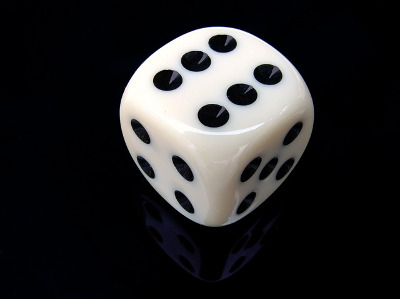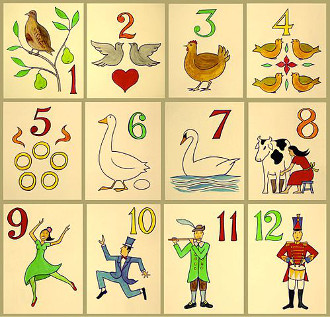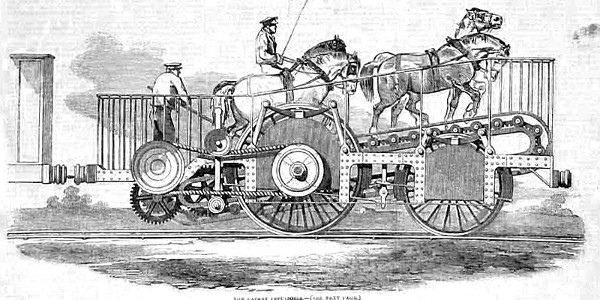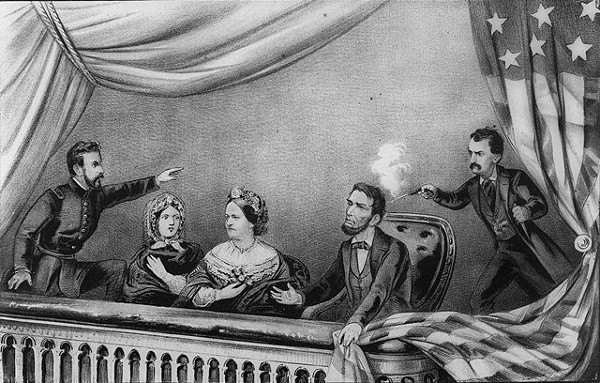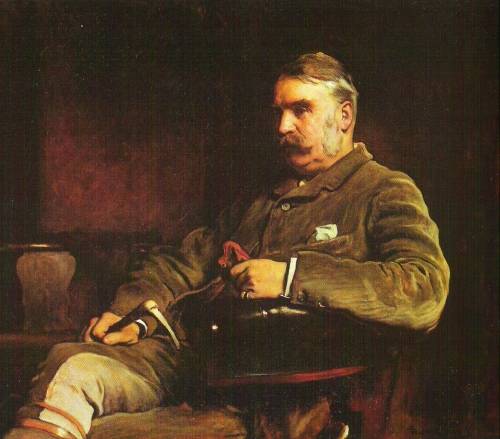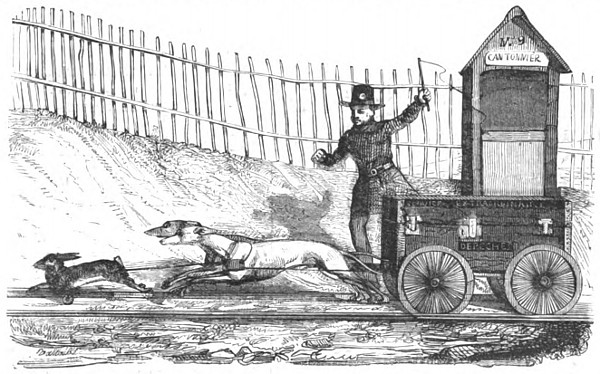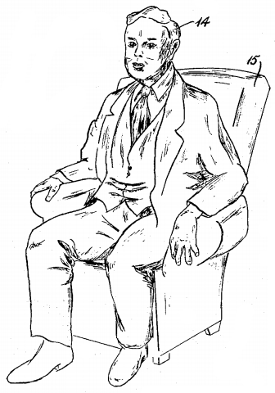
Here’s an odd invention from 1960, a “device for stimulating the mental processes,” patented by Darrell M. Johnson of Thomson, Ga. Johnson wanted to help people in creative but solitary occupations who feel inhibited “before a microphone, telephone, television camera or in other stimuli-lacking situation, or where the psychological environment is of a character to create tension and dissipate thought and concentration and thereby dispel the ability to create ideas.”
The answer, Johnson decided, is a lifelike human figure that seems to respond with intelligent interest when it detects a sound. The eyes glow and the eyelids move to create the impression of an active, encouraging listener. The dummy “may be inanimate but may be animated to portray a feeling of life, participation, and cooperation to thereby stimulate expression relative to the topic or subject under consideration with resultant improvement and intensity of such expression.”
Even outside a professional situation, users might find it helpful “when alone to obtain the resultant benefits as well as the release of pent up feelings, accompanying tensions, and emotions and the satisfaction obtained from such expression.” Here as elsewhere, I get the feeling that there’s a real human story behind this, but I suppose we’ll never know what it is.


